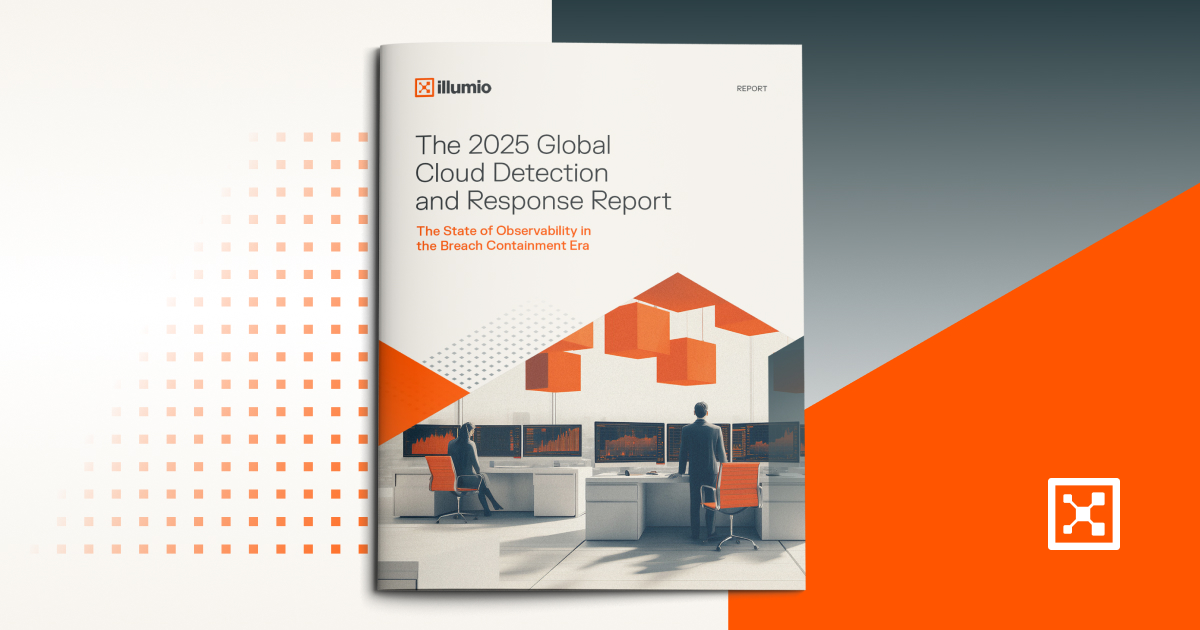Seeing Isn’t Believing: Visibility Is Making Zero Trust Harder, Not Easier
Late last year, Chinese hackers breached major U.S. telecom providers and quietly operated inside their networks for 18 months. Over a million people were affected, including high-profile government targets.
And no one noticed.
These companies had visibility. Monitoring tools. Logs. But still, the attackers moved freely — because visibility isn’t enough.
Seeing isn’t believing. Not in today’s threat landscape.
If you’re serious about Zero Trust, you need more than data. You need context. You need to understand what’s happening, why it’s happening, and how to prioritize it.
That’s observability. And it’s becoming key to building Zero Trust in today's modern, complex, and ever-changing networks.
Too much data, not enough clarity
Modern cybersecurity is grappling with a paradox: we’ve never had more visibility, and we’ve never had less clarity.
Security teams are overloaded with tools that generate signal after signal. Each system — cloud workloads, endpoints, network devices — has its own version of the truth. You’re left stitching together a storyline from disjointed scenes, hoping to catch the plot before the threat actors write the ending for you.
And the volume of alerts is overwhelming. False positives are rampant. Everything looks urgent, but few things are important. We’ve built systems that scream, but don’t explain.
This is where traditional security monitoring hits its limits. You need to move beyond “What happened?” to “Does it matter?” and “What should we do about it?” That’s observability.
Visibility vs. observability
Visibility is the what. It tells you that traffic happened. A server reached out to an IP. A user logged in at 2:00 AM. A process spawned a child process. It’s telemetry.
Observability is the why. Why did that server initiate that connection? Was that login expected behavior for that user? Was that process execution part of a known pattern, or is it an anomaly?
Think of visibility as looking at your car dashboard. You see your speed, fuel level, maybe even a warning light. Observability is what happens when your car tells you why the engine light is on, how critical it is, and whether you should pull over now or finish your trip.
In cybersecurity, understanding is everything. It’s foundational to Zero Trust and critical for cyber resilience. It allows you to detect and respond to risk based on dynamic context and behavior — rather than having to react without all the information.
Observability is vital for Zero Trust
At its core, Zero Trust demands real-time understanding of risk.
Observability supports this in a few key ways:
- Behavioral context: You can define policies based not just on static configurations but on expected behaviors. For example, if a finance app suddenly starts reaching into engineering systems, observability can flag that as suspicious — even if no traditional signature is tripped.
- Anomaly detection: Observability helps you identify what’s normal versus what’s anomalous. That’s critical when lateral movement, privilege escalation, or stealthy command-and-control channels are in play. Zero Trust assumes breach, and observability helps you detect it early.
- Faster investigations: Instead of sifting through endless logs after an alert, observability provides a narrative. What happened, when, how, and what else was involved. It turns “Where do I start?” into “Here’s what’s at risk and why.”
- Policy validation: With Zero Trust, segmentation and access controls are the backbone. But you need confidence those policies are working as intended. Observability lets you test assumptions and validate that your controls align with real-world behavior.
Observability is a strategy shift
In today’s hybrid, multi-cloud world, complexity is the norm. Attackers are faster, using automation and AI to adapt their methods to your unique environment.
Traditional perimeter defenses and reactive playbooks don't make sense anymore. You can’t rely on catching threats only after they’ve triggered alarms. You need a system that continuously understands — and prioritizes — risk based on what’s actually happening.
That’s the promise of observability. Not just more data but actionable intelligence. Not just alerts but insight and prioritization.
And observability doesn’t just help after something happens. It’s proactive. It surfaces vulnerabilities, misconfigurations, and weak points before they become incidents. It gives your team a roadmap for continually improving your Zero Trust architecture.
Zero Trust is blind without observability
We talk a lot about Zero Trust being a journey. And it's a lot easier to navigate that journey with live, cutting-edge GPS than with traditional, static maps.
That’s what observability offers. It’s the compass, the guide, and the early warning system all in one. It adapts as your environment changes, threats evolve, and behaviors shift.
Without observability, you’re not navigating — you’re guessing. And in today’s threat landscape, guessing is a risk you can’t afford.


